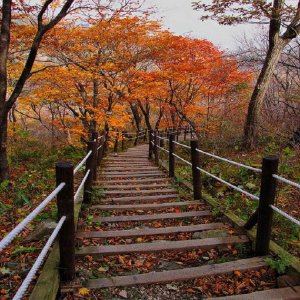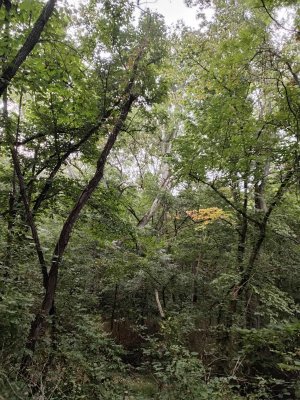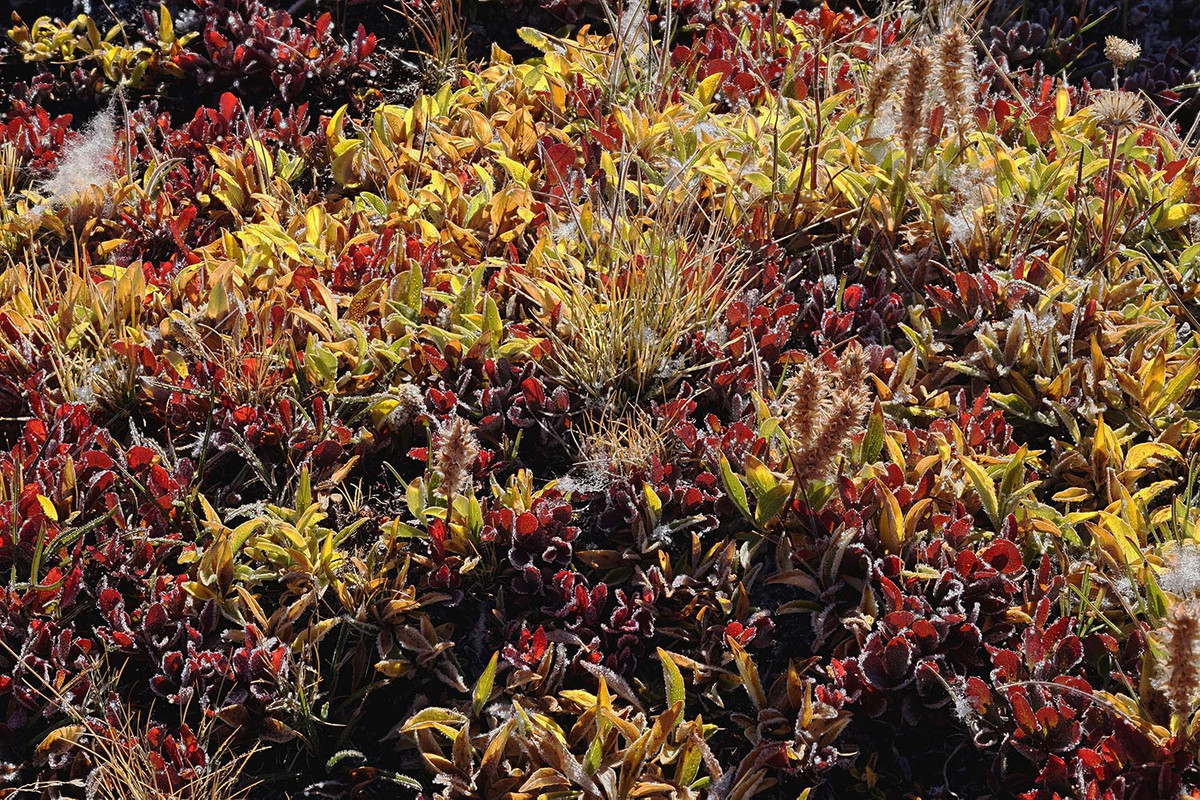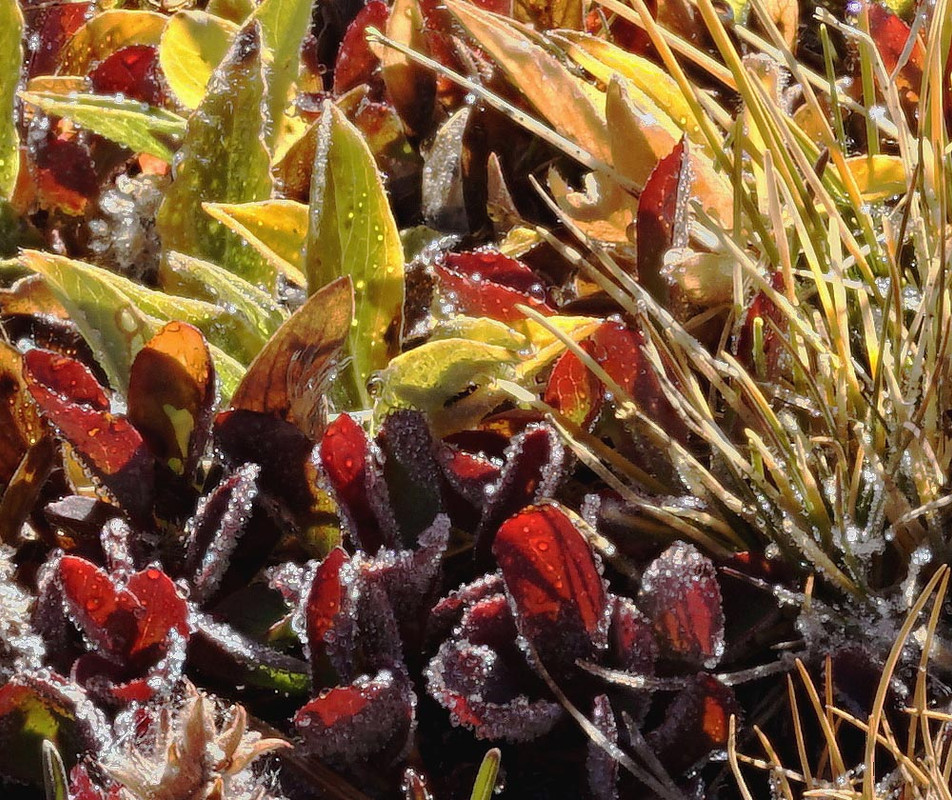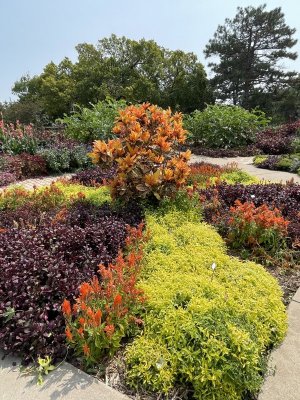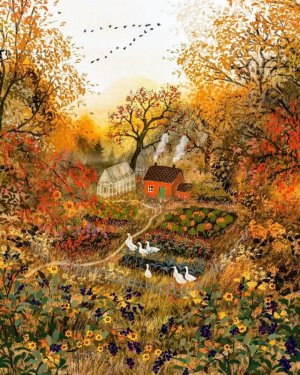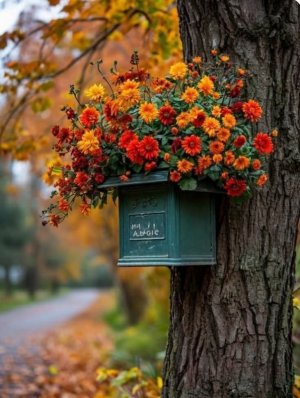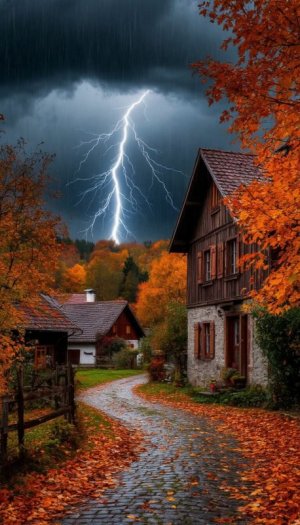Oh, No! There are small trees here people call choke cherries. I cut down a few small ones and now there are five little ones coming up all around the stump. Same with the lilacs.@GoodEnuff, your list sounds similar to mine.
This week I have to go out into my main pasture & kill the invading pompas grass that has blown seeds in from where it is growing wild along the interstate. It showed up last year & I tried killing it, but it came back again.
We all thought my mother was a great gardener. Now I realize she just knew what to plant -- everything invasive that will never die.


